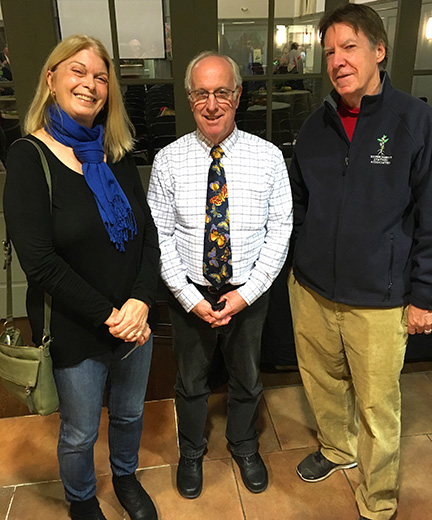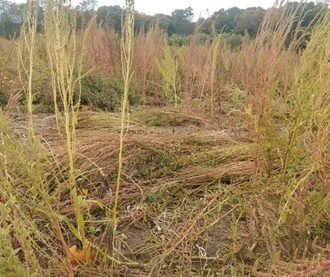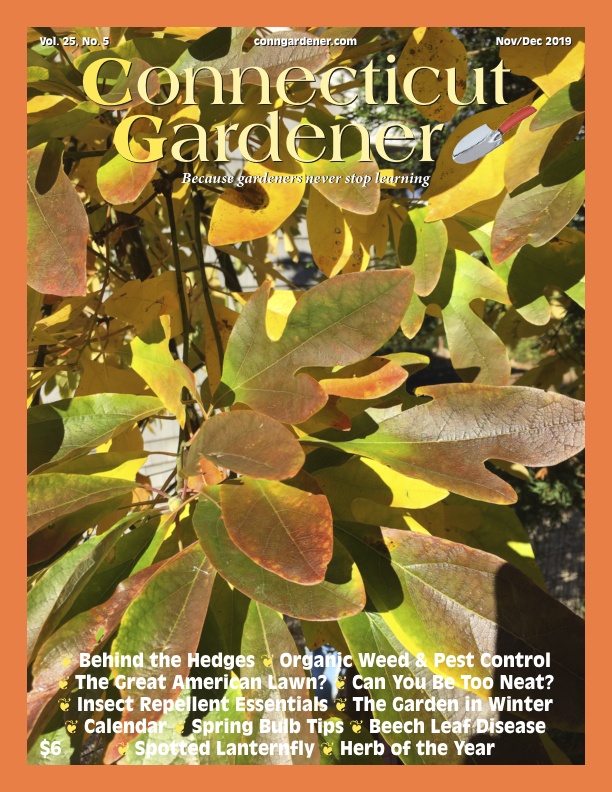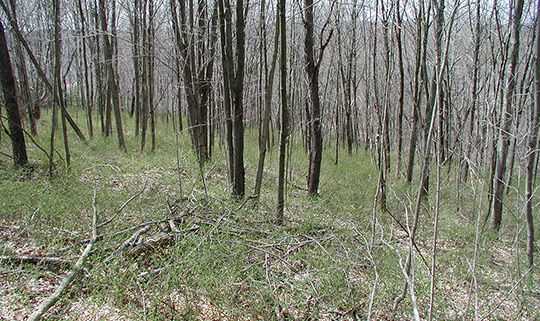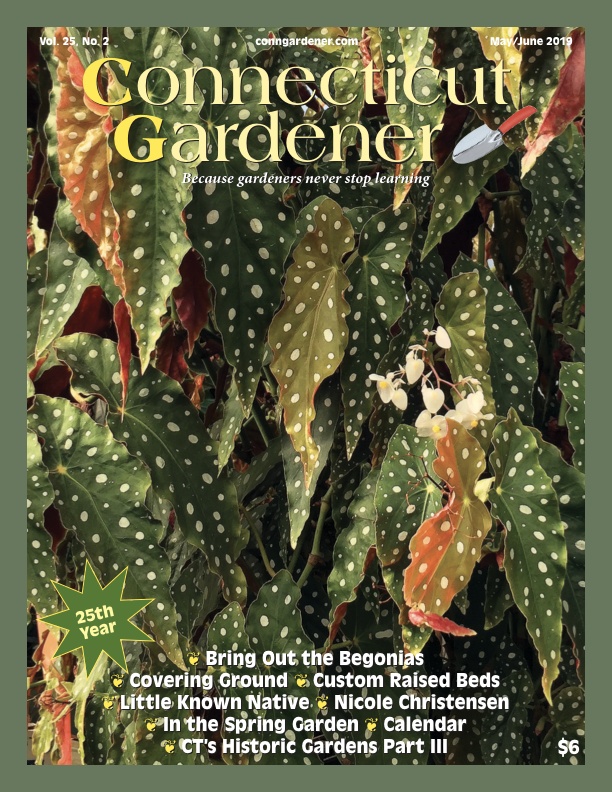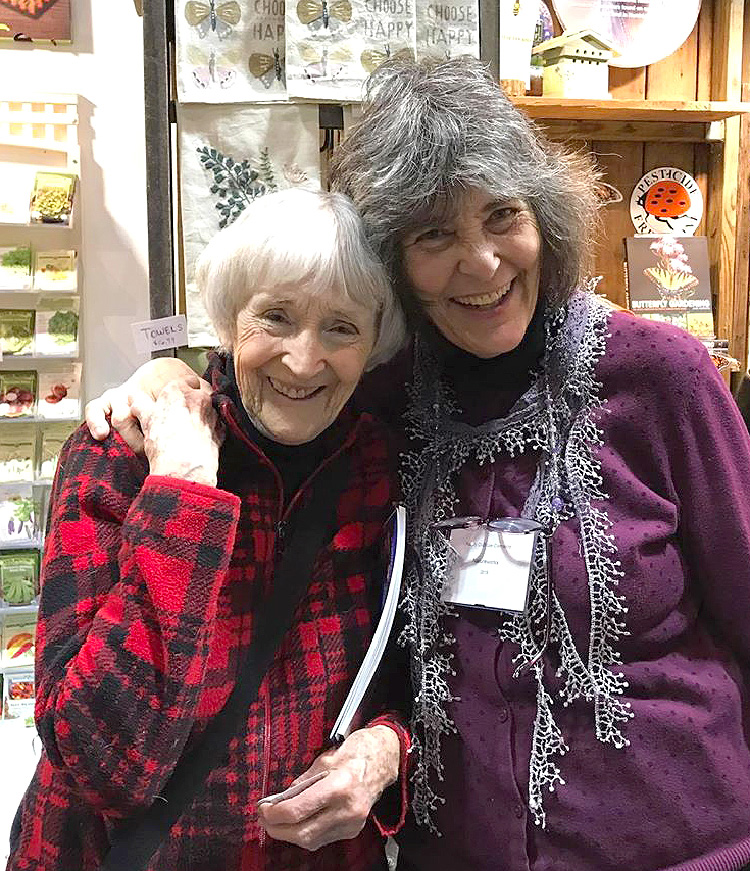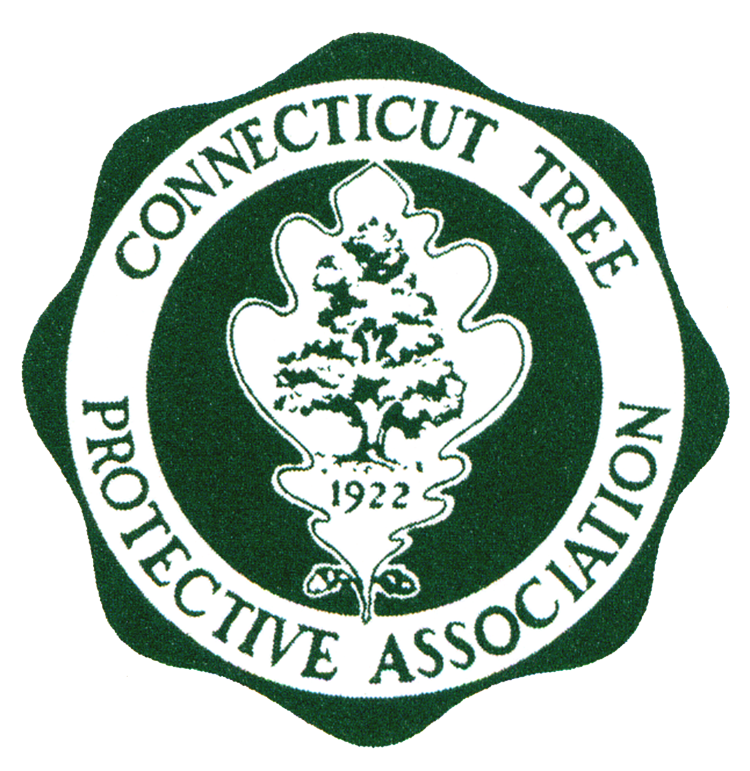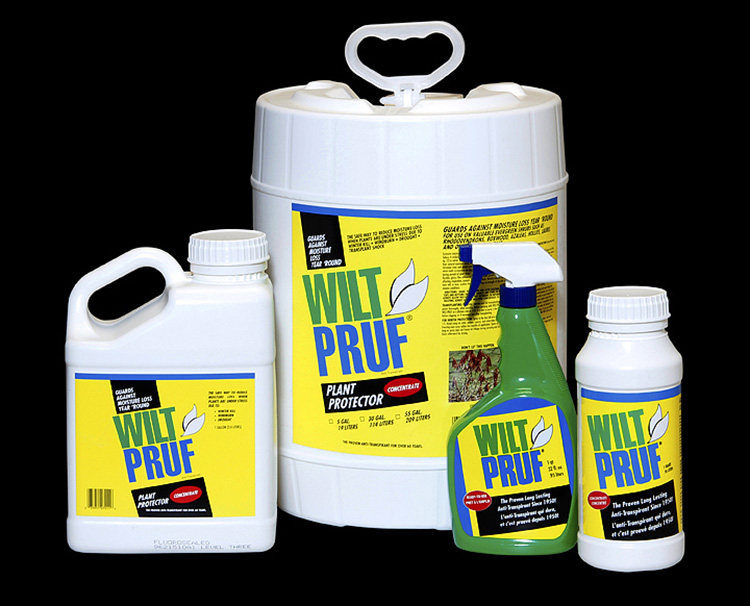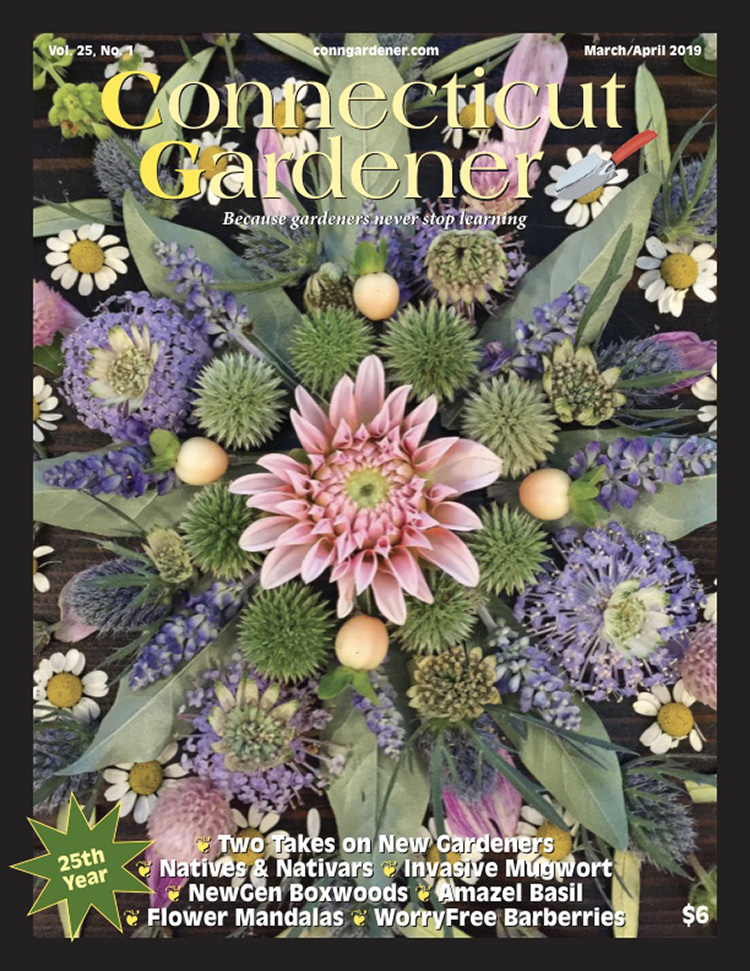If you’ve never heard Doug Tallamy speak you should take advantage of your next opportunity. You won’t be disappointed. We recently got the chance to meet him and hear him speak again at Christ & Holy Trinity Church in Westport. The event was sponsored by the Aspetuck Land Trust and we were invited by Don Hyman, one of its former presidents. Tallamy is a professor in the Dept. of Entomology and Wildlife Ecology at the University of Delaware. He has authored 95 research publications and taught insect-related courses for 39 years. His research focuses on the interaction of insects with plants and how they impact the diversity of animal communities.…
-
-
Experiment Station Scientists Discover Pigweed in East Windsor
NEW HAVEN, CT, Nov. 13, 2019 – Scientists from the Connecticut Agricultural Experiment Station (CAES) have discovered a highly invasive and noxious species of pigweed in Connecticut. The weed, identified as Palmer amaranth (Amaranthus palmeri) is widespread and damaging in the southern U.S. and can be toxic to livestock. It was found this fall in two pumpkin fields in East Windsor. The weed is highly aggressive and can outcompete many crops, causing dramatic losses in yields. It has also been shown to be resistant to many of the commonly used herbicides used to control weeds in crops. Experiments are now under way to screen this population for herbicide resistance. Growers…
-
Big News! Adding 5th Print issue!
We’re pretty excited to announce that the digital-only November/December issue will be complemented with a printed version starting in 2020. Since 2015, when we began offering digital versions of our issues, we’ve run the final edition of the year only in a digital format. After signing on with a new printer, we’re happy to announce that all five Connecticut Gardener issues will be printed and digitized, allowing our readers — many of whom are hard-core print lovers — to settle in for the winter with their print issue. November/December will become November-February, straddling the new year and containing content and advertising relevant to the gardener’s dream time, when we let…
-
Tick Nurseries Editorial
To help those of who are seeking more answers about why barberry is considered invasive and a tick nursery — here’s a pdf and text of the editorial Will did back in 2015 (pre-digital CG). We hope it helps! It’s a very big subject, when you get down to it, and in our opinion, the more aware people are of their landscapes and the plants in them and their relation to the ecosystem, the better we are able to choose plants that are beneficial and non-invasive. And, as you will read, it’s wise to be aware of the environments where tickborne diseases can hide, and eliminate them if they exist…
-
May/June 2019 Edition
Our May-June 2019 issue is out. It features “Bring Out the Begonias” by Tovah Martin, “Covering Ground” by Nancy DuBrule-Clemente from Natureworks, “A Little Known Native” (Lysimachia lanceolata) by Stephanie Cohen, “Custom Raised Beds” by Selma Miriam at Bloodroot, Nicole Christensen – Getting Her Bugs in a Row by Anne Rowlands and “Connecticut’s Historic Gardens, Part III.” It also includes our extensive calendar of gardening-related events and What To Do in the Spring Garden. We had so much content we had to hold our regular highlight on an invasive plant for the next issue.
-
CT Flower & Garden Show
Scenes from the 2019 Connecticut Flower & Garden Show held Feb. 21-24 at the Connecticut Convention Center in Hartford.
-
New Program in Arboriculture & Urban Forestry
Jan. 24, 2019 – UConn & CTPA Announce Plans for a New Degree Program. At a recent meeting of the CT Tree Protective Association, CTPA and the University of Connecticut announced that they will work together to initiate a two-year degree program in Arboriculture & Urban Forestry at UConn. This program will be housed within the Dept. of Natural Resources, within UConn’s College of Agriculture, Health & Natural Resources. Once fully implemented, students will be able to graduate with an associate degree in Arboriculture & Urban Forestry. This degree program is intended to prepare students for direct entry into the working world of professional tree care. It will also, for students…
-
The Local: Wilt-Pruf, the First Anti-Transpirant
By Will Rowlands SEPT-OCT 2014 – The way Brad Nichols tells it, there was an building boom after World War II and landscapers found themselves working straight through the hot summers. If necessary, of course, one can transplant shrubs and trees in July and August, but it can get hot so you need to consider a plant’s water requirements. In response, Luther von Gartner invented Wilt-Pruf, the world’s first anti-transpirant (some call it an anti-desiccant). The original version was rather goopy and sticky, according to Nichols, now president of Wilt-Pruf Products Inc. Nichols says the product really took off about 60 years ago when Joe Hartman purchased the company. The…
-
Hug a Tree on Valentines Day!
Take a moment NOW to help make CT's roadside forests safer and healthier
-
Our March/April 2019 issue
Our March/April 2019 edition is at the printer. It’s scheduled to go into the mail on Feb. 20. For subscribers with digital access, it should be available the same day. We’ll also have plenty of copies with us at the Connecticut Flower & Garden Show in Hartford Feb. 21-24. Find us at the four corners (booth 831), our usual location — back-to-back with NE Seed. March/April 2019 features a breathtakingly illustrated story on Flower mandalas by Michael Russo of Trout Lily Farm (the cover story), and our friends and frequent contributors Lorraine Ballato and Nancy DuBrule-Clemente share their takes on the evolution and generation of a new generation of gardeners.…
